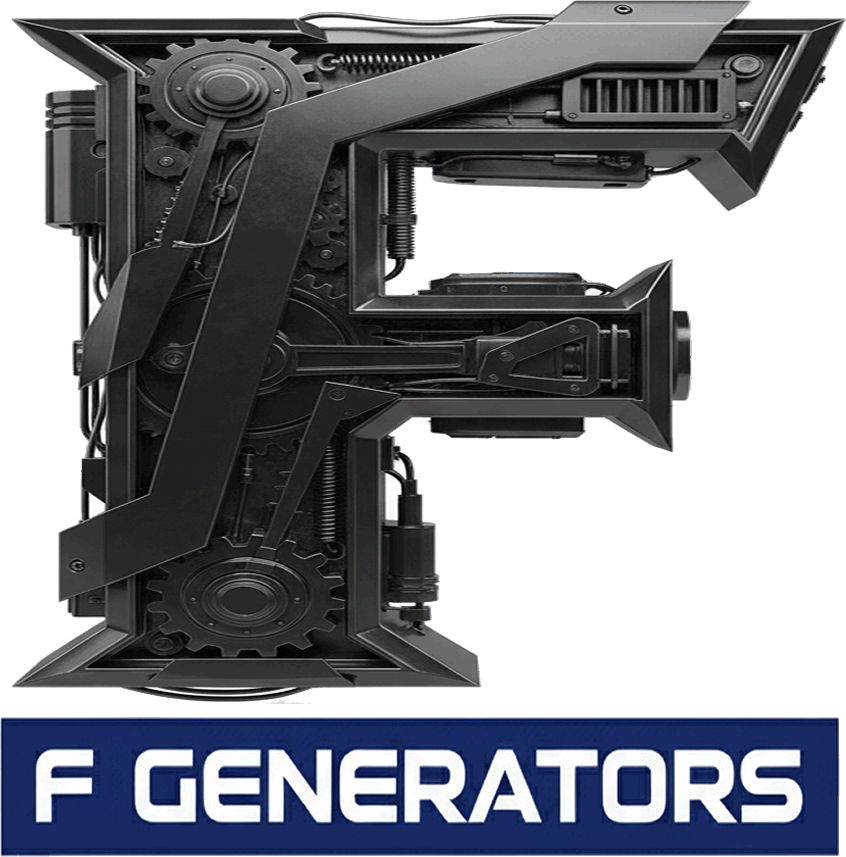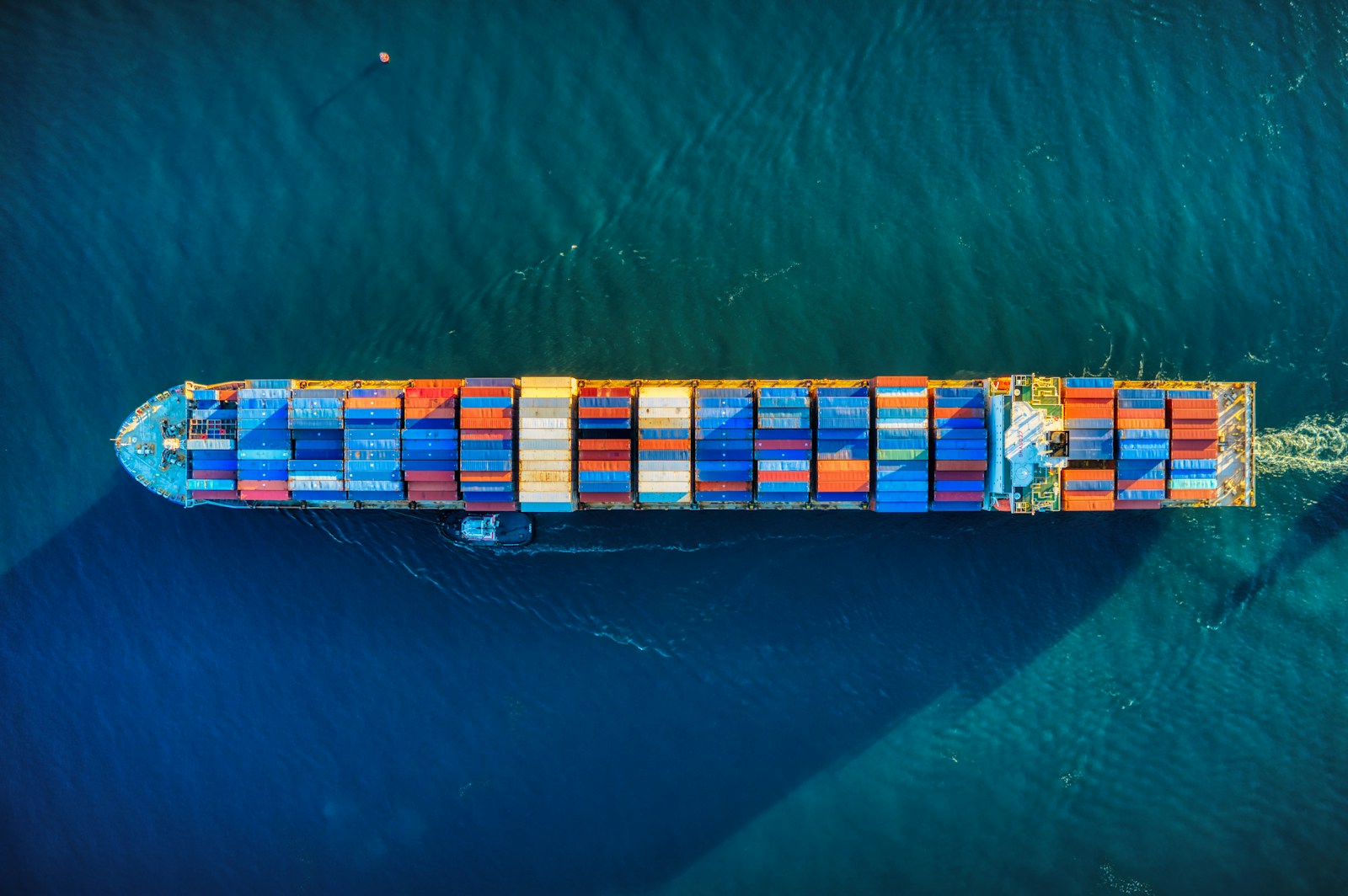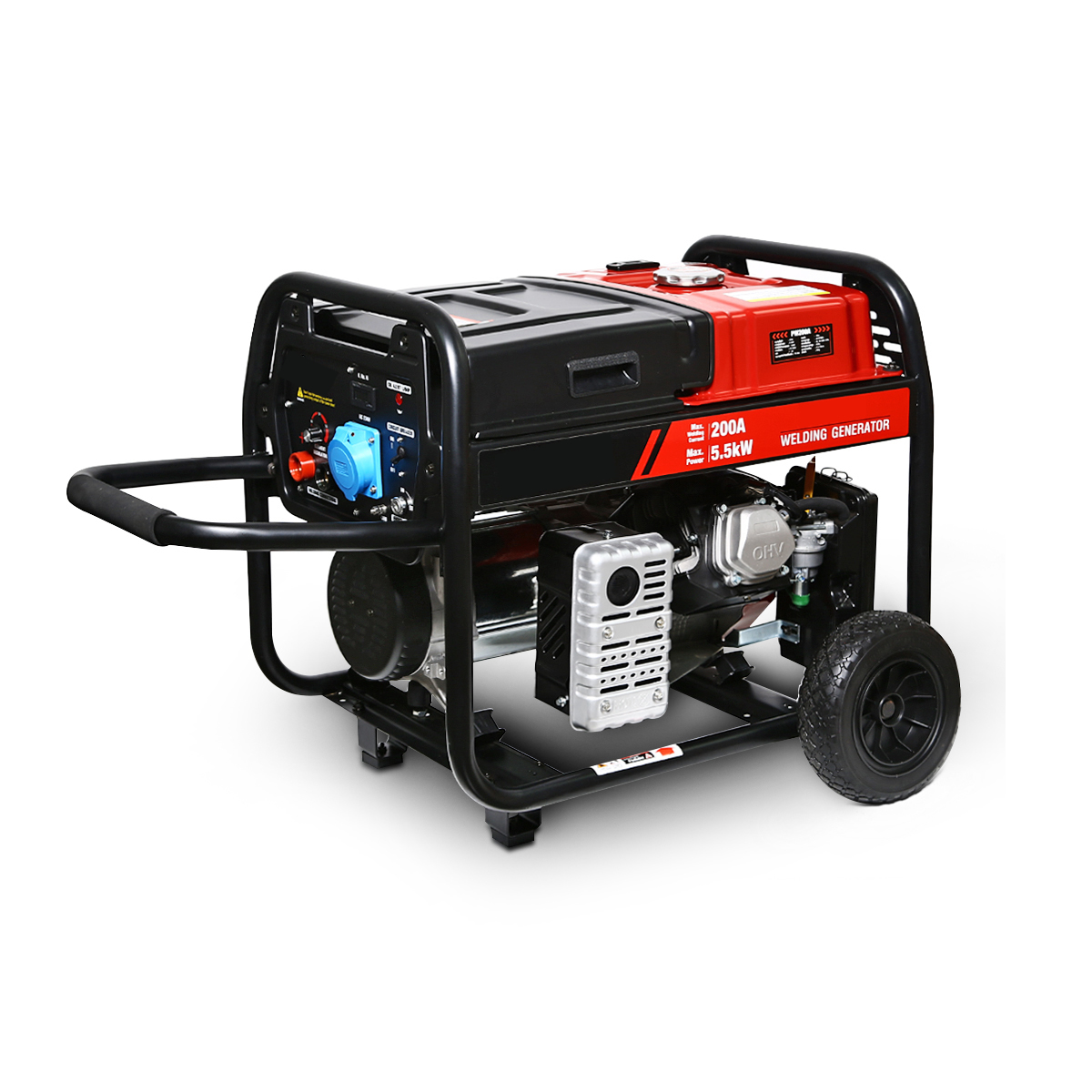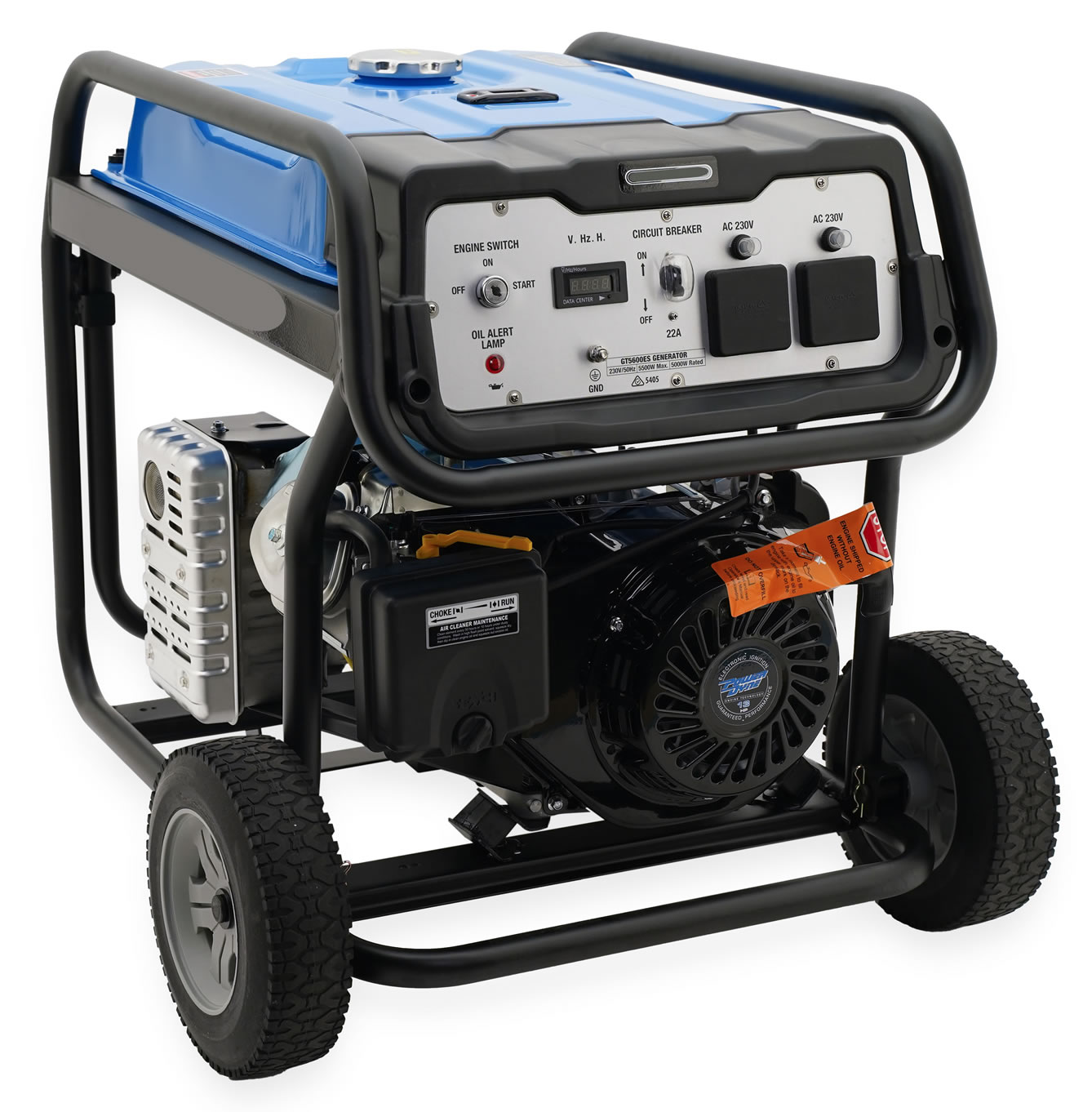Unlock a Fortune or Unleash a Nightmare? The Unspoken Truths of Finding a China Generator Factory and Importing Generators from China.
Importing generators from China can be the single most brilliant and profitable move you ever make—or it can become a catastrophic, business-ending mistake. The razor-thin difference between those two realities lies in knowing the unspoken rules of the game. So, are you truly prepared?
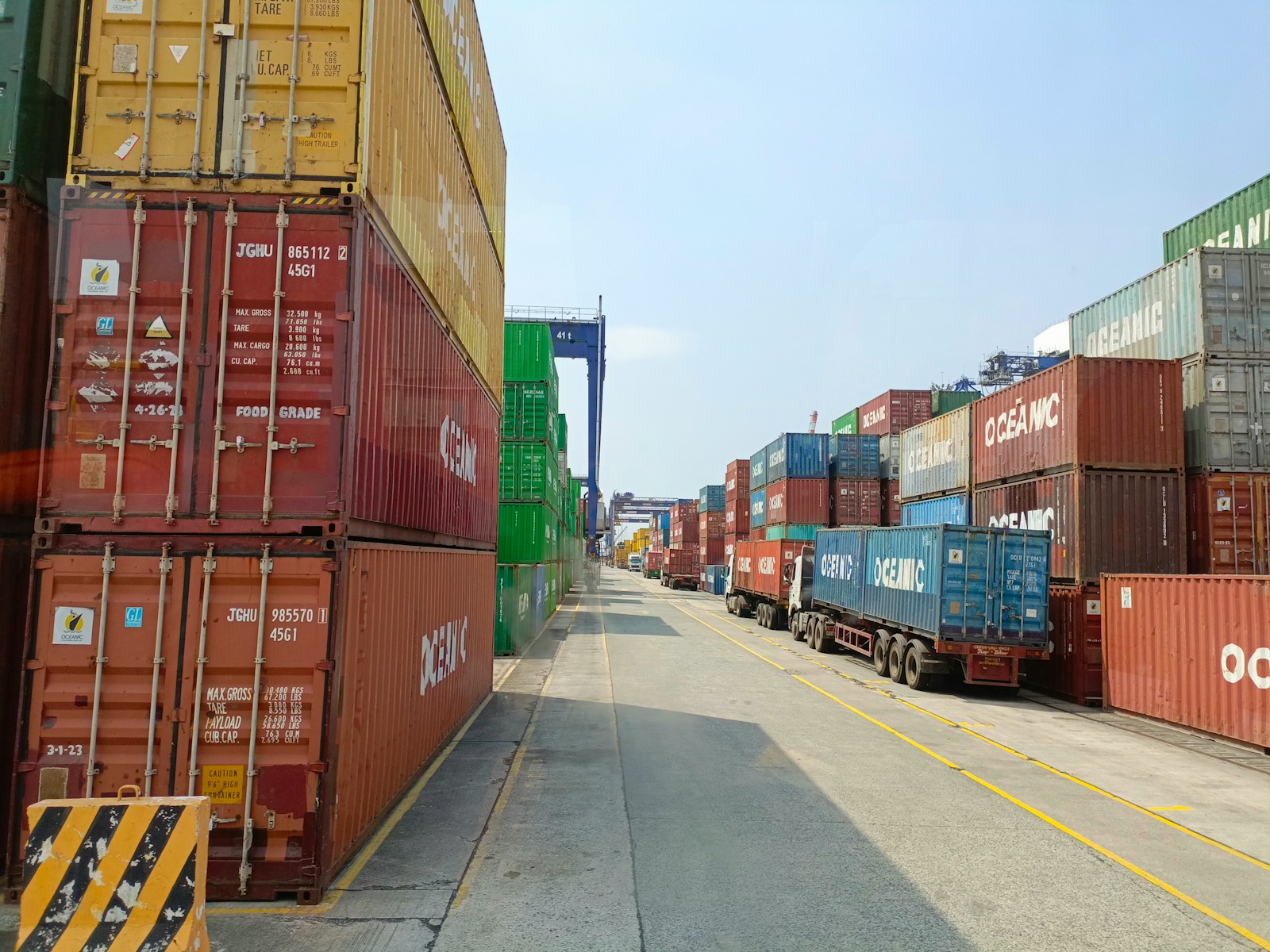
The numbers on the screen are intoxicating, aren’t they? The price quoted by that generator manufacturer in China is a fraction of your local cost, and the profit margins are the stuff of dreams. You can almost feel the solid weight of the containers arriving, filled with gleaming new generators ready to power your company’s future. But what about the quiet, cautionary tales that never make it into the case studies? The shipments entangled in customs for months over a single missing document? The container of “premium” units that begin failing after just ten hours of use? The promising China generator supplier who vanishes into thin air the moment your wire transfer clears?
You’ve seen the opportunity. A world hungry for power, for stability in the face of uncertainty. And you’ve seen the source: a manufacturing powerhouse capable of producing high-quality generators at a scale and price that can redefine your market. This guide is not a simple checklist. It is a map through a minefield, a journey into the very heart of global commerce. It’s about transforming that intoxicating dream of profit into a tangible, repeatable reality.
Follow this path, and you will not only avoid the pitfalls that have swallowed less-prepared entrepreneurs, but you will also build a supply chain so robust and reliable it becomes your ultimate competitive advantage. But before you even type ‘China generator supplier’ into a search bar, your journey begins with a critical choice that will define everything that follows…
Chapter 1: The Blueprint – Forging Your Perfect Generator on Paper
Hope is not a strategy. Entering the global sourcing market with a vague idea of what you want is like sailing into a storm without a rudder. The world’s best generator manufacturer in China cannot read your mind, and a less scrupulous one will happily fill in the blanks for you—often to their benefit, not yours.
Before you seek a partner, you must first become an architect. You must create a flawless blueprint of the product you intend to source. This is a non-negotiable first step.
- Define Your Power: What is the prime wattage you need? Are you targeting the residential market with 3kW portable units, or the commercial sector with 50kW diesel generator China powerhouses? Is a simple conventional generator enough, or does your market demand the clean, stable power of an inverter generator to protect sensitive electronics?
- Know Your Customer’s World: Where will these generators be used? A construction site demands a different level of ruggedness than a unit for recreational camping. Think about the end-user’s every need. Does it need wheels for portability? An electric start for ease of use? Multiple outlet types?
- Speak the Language of Compliance: This is where fortunes are lost. Every country has its own standards. Will you need EPA (Environmental Protection Agency) certification for the US market? CE (Conformité Européenne) marking for Europe? Understanding these requirements before you engage with a factory is paramount. A factory that can’t provide the right certifications is not a viable partner, no matter how low their price.
This blueprint is your shield. It protects you from ambiguity and demonstrates your professionalism. When you approach a potential supplier with a detailed specification sheet, you change the dynamic. You are no longer a hopeful amateur; you are a serious importer. You are showing them you are looking for a true partner, one capable of building to your exact standard, whether that’s the unstoppable force of a King Kong Power diesel unit or the intelligent, refined energy of an inverter from a specialist like FFT Power.
With your perfect generator now existing on paper, you’re ready to step into the vast, chaotic, and exhilarating world of sourcing. But how do you find the true artisans among the endless sea of traders and pop-up factories?
Chapter 2: The Hunt – How to Find a True Factory Among the Traders
Plunging into sourcing platforms like Alibaba, Made-in-China, or Global Sources can feel overwhelming. You will be inundated with thousands of listings, mostly from middleman. all promising the highest quality at the lowest price. Your mission is to develop a sniper’s precision, to filter out the noise and identify the high-potential targets.
You are on the hunt for a factory, not a middleman. A trading company can be useful, but for a long-term, scalable business, you want a direct line to the mega production floor. Here’s how you start to read the digital breadcrumbs:
Red Flags (Proceed with Extreme Caution):
- The Hodgepodge Catalog: The supplier lists generators, but also LED lights, phone cases, and garden hoses. This is the classic sign of a trading company, not a specialized manufacturer.
- Absurdly Low Prices: If a price seems too good to be true, it is. It often indicates a bait-and-switch tactic, the use of substandard components, or that the seller is not the actual factory.
- Generic, Stock Photo Imagery: A real China generator factory is proud of its facility. They will have real photos and videos of their production lines, their testing equipment, and their team. A lack of this is a major warning sign.
- Poor Communication: Vague answers, slow response times, or poor English from a sales representative who should be fluent in international trade is a sign of an unprofessional operation.
Green Flags (Signals of a Potential Partner):
- Specialization: Their entire business is focused on generators or related power equipment. They speak the language.
- Verified Status: Platforms have verification tiers (like Alibaba’s “Verified Supplier”). This means the platform has used a third party to confirm the business’s legal existence and location. It’s a starting point for trust.
- Years in Business: A supplier with 5, 10, or 15+ years of experience has weathered storms and understands the export market.
- OEM/ODM Experience: They proudly display their experience in making products for other brands (Original Equipment Manufacturer/Original Design Manufacturer). This proves they can meet international quality standards.
You’ve done your digital reconnaissance and narrowed the list to three promising candidates. Their websites are slick, their prices are competitive. They all claim to be the factory. Now comes the moment of truth: how do you separate the master manufacturer from the clever façade?
Chapter 3: The Interrogation – Vetting the Supplier Before You Invest a Penny
This is where you transition from a hunter to a detective. Your goal is to verify every claim and build a foundation of trust through direct, professional inquiry. This is not about being confrontational; it’s about being thorough.
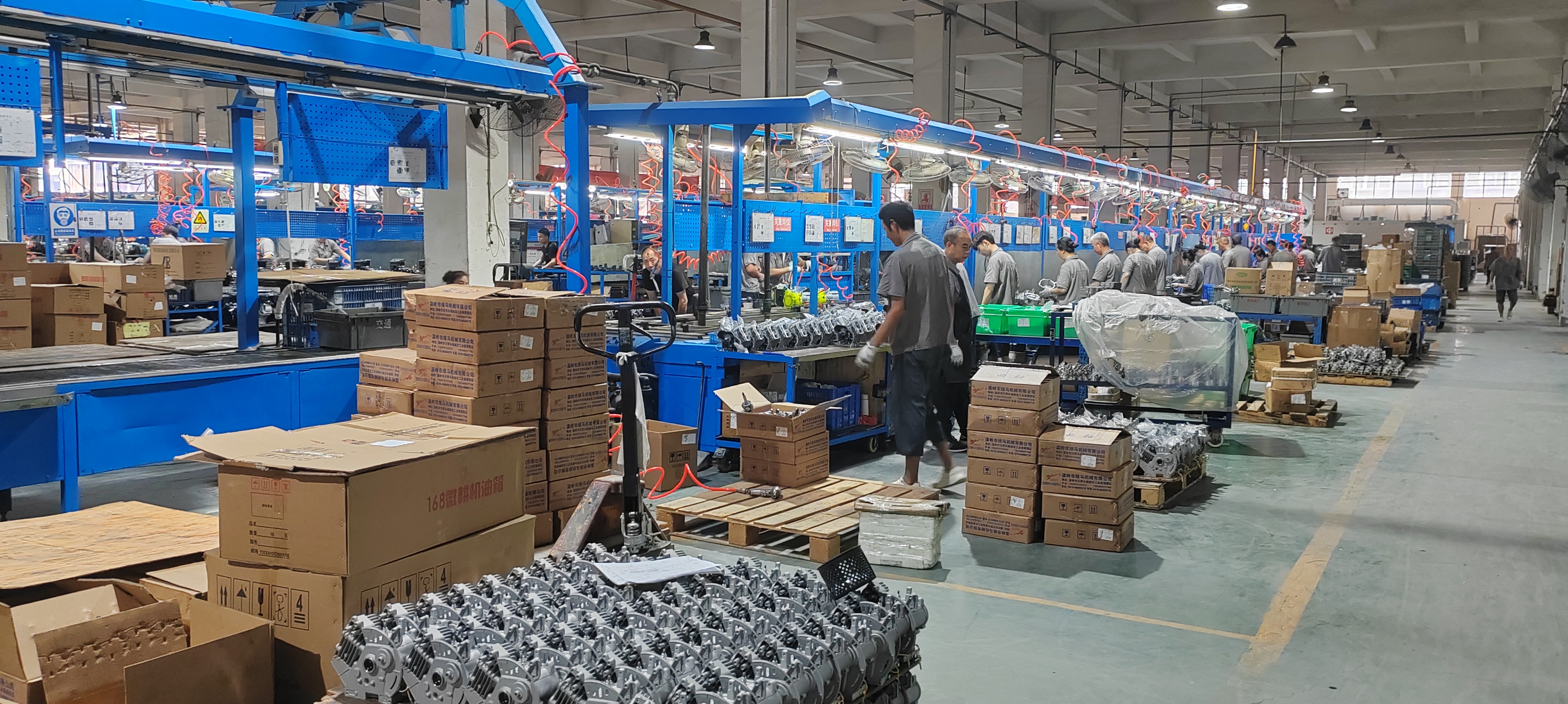
Initiate a video call. Email is efficient, but seeing someone’s face and, more importantly, their surroundings, is invaluable. Ask for a virtual tour of the factory floor. If they refuse or make excuses, consider it a major red flag.
Your Question Checklist:
- “Could you please share your business license?” This verifies their official status and scope of business.
- “What are your main markets?” A factory that primarily exports to Europe and North America is more likely to be familiar with stricter quality and compliance standards.
- “What is your quality control process? Are you ISO 9001 certified?” Ask them to describe how they test components and finished products. A serious factory will be proud to explain this in detail.
- “Can you provide us with a product sample?” The answer should be a confident “Yes.” Crucially, you must insist on paying for the sample and the shipping. A “free” sample can sometimes be a specially prepared “golden sample” that doesn’t represent their standard production quality. Paying for it makes it a normal business transaction.
- “What is your production capacity and current lead time?” This helps you understand their scale and if they can meet your future demands.
The answers to these questions will reveal volumes. A true generator manufacturer China will welcome your diligence. A trader or a subpar factory will become evasive. During this phase, you might also consider engaging an on-the-ground sourcing agent. A professional service, like EXPROT, can act as your cultural and logistical bridge, handling much of this initial vetting with local expertise. You want to be looking for legit suppliers like Rato , F Generators and so on, and avoid / eliminate one-time scammy traders or an ocean of illegit, irresponsible and scammy small factories like Dain Power, who procastinate deliveries endlessly after payment, and vanish when you come to them for quality issues.
The video tour was impressive, the communication is crisp, and the sample is on its way. The trust is building. But seeing a clean assembly line is one thing; verifying its soul is another. Are you ready to go behind the curtain for the ultimate peace of mind?
Chapter 4: The Audit – Your Unblinking Eyes Inside the Factory
If there is one “secret weapon” that separates successful importers from the ones who tell horror stories, it is the generator factory audit. Skipping this step is like buying a house without an inspection. You might get lucky, but the risks are astronomical.
A factory audit is an impartial, third-party verification of your potential supplier. You hire a professional inspection company to send an agent to the factory for a full day. They are your eyes and ears, and their sole purpose is to give you an unbiased report on the reality of the operation.
What the Audit Verifies:
- Legitimacy: Is this a real factory or just a front office? The auditor verifies documents, location, and ownership.
- Capability: Do they have the machinery, production lines, and technical staff to actually build your product to the required quality?
- Quality Systems: Do they have a real quality management system (like ISO 9001) in place? The auditor will check how they manage raw materials, in-process quality checks, and final product testing.
- Ethical Standards: The audit can also check on labor conditions and safety protocols, ensuring you’re not partnering with an unethical operation.
The cost of an audit (typically a few hundred dollars) is an infinitesimal fraction of the value of your order. It is the single best insurance policy you can buy when you buy generators from China.
The audit report is glowing. The factory is real, capable, and ready to partner. Your heart pounds as you prepare to sign the contract and send the first payment. But be warned: the most dangerous ink you will encounter on this entire journey is the ink on the purchase agreement. Do you know how to read between the lines?
Chapter 5: The Pact – Mastering the Art of the Contract and Payment
Many importers make a critical error here. They accept a simple Proforma Invoice (PI) as their contract. A PI is just a quote; it offers you almost no legal protection. You need a formal Purchase Agreement, and it must be detailed.
Your contract is your rulebook. It must leave no room for interpretation.
Your Purchase Agreement Must Include:
- Detailed Product Specifications: Reference your blueprint from Chapter 1. Every detail—wattage, engine model, outlet configuration, color, included accessories—must be listed.
- Packaging Requirements: Specify the carton quality, printing, and palletizing requirements to ensure your products survive the journey.
- Shipping Marks: Clear instructions on what needs to be printed on the cartons for easy identification.
- Firm Delivery Date: Not an estimate. A specific “ready for shipment” date.
- Penalty Clause: What happens if they are late? A small, escalating discount for delays keeps everyone focused.
- Quality Standards: Reference the approved sample and any specific quality tolerances.
Navigating Payment Terms:
- Never, ever pay 100% upfront. No legitimate factory will ask for this.
- The Industry Standard: The most common and fair arrangement is a 30% deposit to begin production and a 70% balance payment after the goods have passed a pre-shipment inspection (more on that next).
- Payment Methods: A Telegraphic Transfer (T/T) is a standard bank wire. For very large orders, a Letter of Credit (L/C) offers more security but is more complex and costly.
The deposit is sent, the agreement is signed, and the hum of production begins on the other side of the world. Weeks turn into a month. An email arrives in your inbox with the subject line: “Goods Ready!” Your excitement is immense, but your work isn’t done. The most critical inspection of all is about to happen.
Chapter 6: The Verdict – Your Last Chance to Guarantee Perfection
The Pre-Shipment Inspection (PSI) is your final quality gate. It is your last opportunity to identify and fix any problems before your generators are loaded into a container and begin their long journey across the ocean. Once they are on that boat, any problem becomes your problem.
You again hire a third-party inspector. They will go to the factory and, using statistical sampling methods, pull a random selection of your finished generators from the production run.
The Inspector’s Mission:
- Quantity Verification: Are all the units and accessories accounted for?
- Visual & Workmanship Check: They inspect for cosmetic defects—scratches, dents, misapplied labels.
- Functionality Test: They will run the generators. They check the voltage output, test the outlets, and ensure it starts and runs as expected.
- Specification Conformity: They check every detail against your contract—engine model, colors, packaging, user manual.
You will receive a detailed report, complete with photos and videos. If it passes, you can confidently wire the final 70% balance. If it fails, the factory is responsible for fixing the issues on their time and their dime before you release the final payment. The PSI gives you leverage and ensures you get exactly what you paid for.
The PSI report is a pass! Your generators are perfect, boxed, labeled, and ready. Now, they must cross the ocean. Are you prepared for the complex, jargon-filled world of international logistics?
**Chapter 7: The Crossing – Demystifying Shipping Generators from China
You’ve mastered product and production; now you must master movement. International shipping can seem intimidating, but it breaks down into a few key concepts. Your greatest ally here is a good freight forwarder. They are the travel agents for your cargo, handling the booking, documentation, and coordination.
Key Concepts to Understand:
- Incoterms: These are standardized trade terms that define who is responsible for what. The most common are:
- EXW (Ex Works): You are responsible for everything, from picking up the goods at the factory door. (Avoid this if you’re a beginner).
- FOB (Free On Board): The factory is responsible for getting the goods to the departure port and loaded onto the ship. You take over from there. This is the most common and recommended term for new importers.
- CIF (Cost, Insurance, and Freight): The factory handles shipping all the way to your destination port. It seems easier but gives you less control over costs.
- Essential Documents: Your freight forwarder will help manage these, but you need to know what they are:
- Bill of Lading (B/L): The ticket for your cargo. It’s the contract between the shipper and the carrier.
- Commercial Invoice: The bill for your goods, used by customs to determine duties.
- Packing List: Details the contents of your shipment.
An experienced China generator supplier like FFT Power, or a dedicated export partner like EXPROT, will have their documentation in perfect order, which is a massive advantage. Minor errors on these documents can cause major delays. Once your goods arrive in your country, your freight forwarder (or their local agent) will guide you through customs clearance, helping you pay the necessary import duties generators require.
Conclusion: The Arrival – You Are Now an Architect of Global Trade
The day the truck arrives at your warehouse and the container doors swing open is a moment you will never forget. You see the cartons, perfectly stacked, with your brand and your markings. Inside is the product you architected, sourced, vetted, and navigated across the globe.
You didn’t just import generators from China; you built a bridge. You mastered a complex process that terrifies most. You transformed a risk into an asset. This process—from blueprint to arrival—is the difference between a one-time gamble and a scalable, profitable, long-term business. The fortune was never in the low price; it was in the mastery of the process. You are no longer just an importer; you are an architect. And now, you are ready to power the world.
